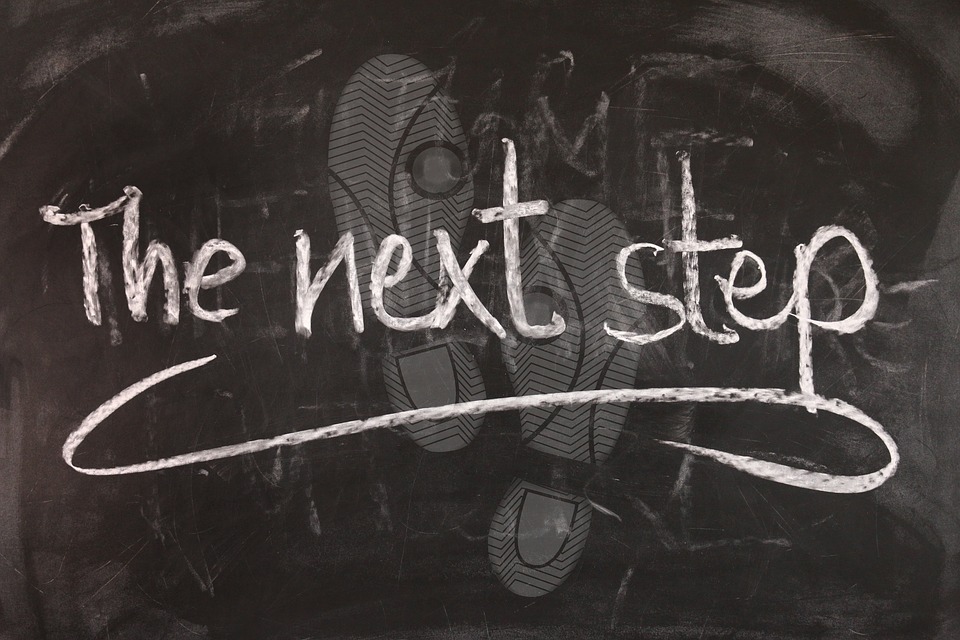To Change Corporate Culture, Change Behaviors
From change management simulation data the saying goes: “Change behaviors to change corporate culture.” Difficult as it may be to change corporate behavior across the workplace, it can be done if you follow three powerful principles of change.
Six Field-Tested Steps To Align Behaviors with Strategies
- Choose the Behaviors that Strategically Matter Most
First, be ruthlessly selective about what matters most. We know from corporate culture assessment data that you can’t change too many ingrained behaviors at once. Start with one or two behaviors that are most critical to achieve your organization’s strategy — the critical few behavioral priorities that will most help your company to achieve its strategic objectives.
- Create Enough Clarity and Urgency for Action
It is not enough for employees to understand how their behavior should change. Employees must also fully buy into the need for change as an urgent priority to help ensure both individual and team success. In our experience, if the desired behavior changes are not seen as necessary and urgent, employees will quickly retreat to the status quo.
- Increase Performance Pressure: A Powerful Driver of Behavior Change
One of the most effective drivers of activating and spreading behavior change is positive peer performance pressure. We naturally look to our peers for defining what is acceptable behavior. In organizational cultures where performance expectations are clear and aligned, behavioral and team norms eventually prevail.
Most workers tend to do what they see other respected leaders and high performers doing that bring them success.
- Identify Behavior Champions
Look around your organization and find high performing employees who both exhibit the desired behaviors and have influence, not necessarily hierarchical, over others. These culture champions and role models naturally motivate others to adopt the desired new behaviors. Finding a few key influencers to adopt and model the desired behaviors will tend to create new team norms faster.
- Make Sure All Key Executives are Fully on Board
Your leadership team is in position to take some very visible steps to support the new behaviors by virtue of their positional power. Their actions are watched carefully for clues on what the priorities really are. Executive words matter, but executive actions matter more.
- Identify and Remove Barriers to Cultural Change
Make sure that the desired new behaviors are not sabotaged or limited by any people, organizational structures, processes, or systems. If, for instance, you want the workplace to reflect more collaboration, do not reward employees who hoard information or resources. Be ready and willing to adjust anything that conflicts with the changes you need.
The Bottom Line
As you begin to see things shift in the desired direction, keep up the positive pressure by reinforcing and rewarding what you desire and by applying consequences for behaviors and outcomes that go against the grain. Focus on having a clear direction, active employee involvement, and high levels of accountability.
To learn more about how to change behaviors to change corporate culture, download The 3 Levels of Culture that Matter Most to Get Right
